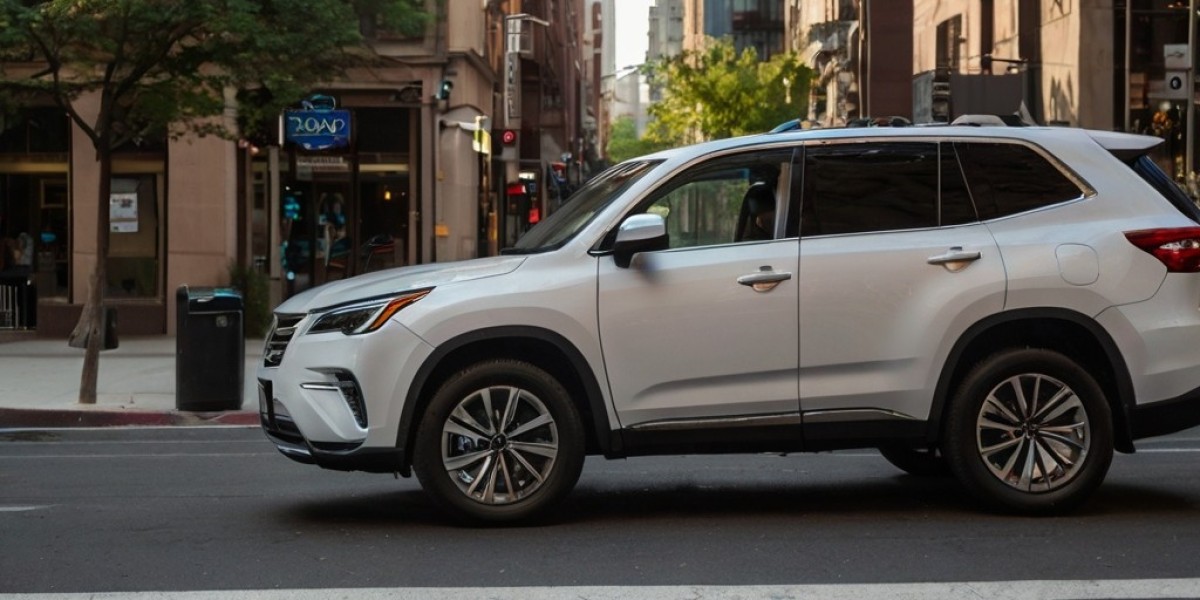As we step into 2024, the Ride-Sharing Market stands at the forefront of urban mobility transformation. With a wave of technological innovations, a renewed commitment to sustainability, and evolving consumer preferences, this year promises to redefine how we think about transportation in our cities.
One of the most significant shifts in the ride-sharing landscape is the integration of electric vehicles (EVs) into fleets. As climate change becomes an increasingly pressing issue, consumers are demanding greener alternatives for their daily commutes. Ride-sharing companies are responding by committing to electrifying their fleets, aiming to significantly reduce carbon emissions. By the end of 2024, many companies plan to have a substantial portion of their vehicles powered by electricity. This shift not only aligns with regulatory initiatives but also appeals to eco-conscious riders who prioritize sustainable travel options.
Technology is another key driver of change in the ride-sharing market. In 2024, artificial intelligence (AI) and data analytics will revolutionize the user experience. Advanced algorithms will optimize routing and improve vehicle dispatching, resulting in shorter wait times and more efficient journeys. Features like real-time traffic updates, personalized ride recommendations, and seamless payment options will make ride-sharing even more convenient and enjoyable. As consumers increasingly expect a high level of service, companies that harness technology effectively will thrive in this competitive landscape.
Safety remains a paramount concern for riders, and 2024 will see ride-sharing companies intensifying their focus on security. Following several high-profile incidents in the past, there is a heightened awareness around passenger safety. Companies are implementing stricter driver vetting processes, in-app safety features, and enhanced ride tracking systems. These measures aim to instill confidence in riders, ensuring they feel secure throughout their journey. As safety becomes a key differentiator, consumers are likely to gravitate toward platforms that prioritize their well-being.
Another exciting trend is the rise of micro-mobility solutions, such as electric bikes and scooters. These options are increasingly being integrated into ride-sharing platforms, providing a versatile approach to urban travel. With congestion continuing to be a challenge in many cities, micro-mobility offers a practical alternative for short trips. By providing a variety of transportation options, ride-sharing services can cater to diverse commuter needs, promoting a more connected urban environment.
Collaboration between ride-sharing services and public transportation agencies is also gaining traction. Many cities are recognizing the value of integrating these systems to enhance mobility options for residents. By facilitating first- and last-mile connectivity, ride-sharing can complement existing transit networks, making public transport more accessible and efficient.
For More Info: - https://www.gmiresearch.com/report/ride-sharing-market/
In conclusion, ride-sharing in 2024 is being reimagined through a lens of sustainability, technological advancement, and a commitment to safety. As the demand for eco-friendly and efficient transportation options grows, companies that adapt to these changes will lead the charge in shaping the future of urban mobility. The road ahead is filled with potential, and we can expect exciting innovations that will enhance how we navigate our cities.


